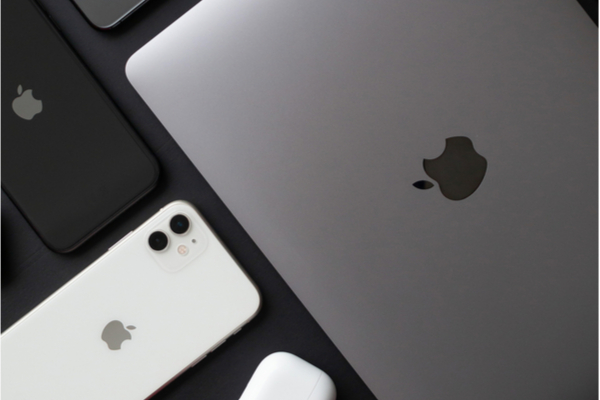Last week’s earnings call sent shivers down the spines of multitudes of iPhone and iPad devotees. As reported by Macrumors, Apple CFO Luca Maesteri said that Apple is expecting supply constraints to affect the iPhone and iPad availability this Fall. “The supply constraints that we’ve seen in the June quarter will be higher in the September quarter,” said Maestri. The constraints will impact iPhone and iPad sales in particular.
It is not clear if these predicted supply constraints will affect the iPhone 13 models that are expected to launch in September.
Apple CEO Tim Cook was asked whether the supply constraints will continue into the holiday quarter, but Cook said that he doesn’t want to predict that. “We’re going to take it one quarter at a time,” he said. “We will do everything we can to mitigate whatever set of circumstances we’re dealt.” Cook went on to say that the constraints that Apple is seeing are the same constraints that are impacting other companies as well. Cook also said that though Apple is expecting supply constraints, component costs in the aggregate have declined, but Apple is currently paying out more for freight than it would like.
The majority of the constraints are of the variety that others are seeing. I would classify it as industry shortage. We do have some shortages in addition to that where the demand has been so great and so beyond our own expectation that it’s difficult to get the entire set of parts within the lead times that we try to get those. It’s a little bit of that as well. As I said before, the latest nodes, which we use in several of our products, have not been as much of an issue. The legacy nodes are where the supply constraints have been, on silicon.
—
Photo Credit: Aleksandr Gavrilychev / Shutterstock.com
